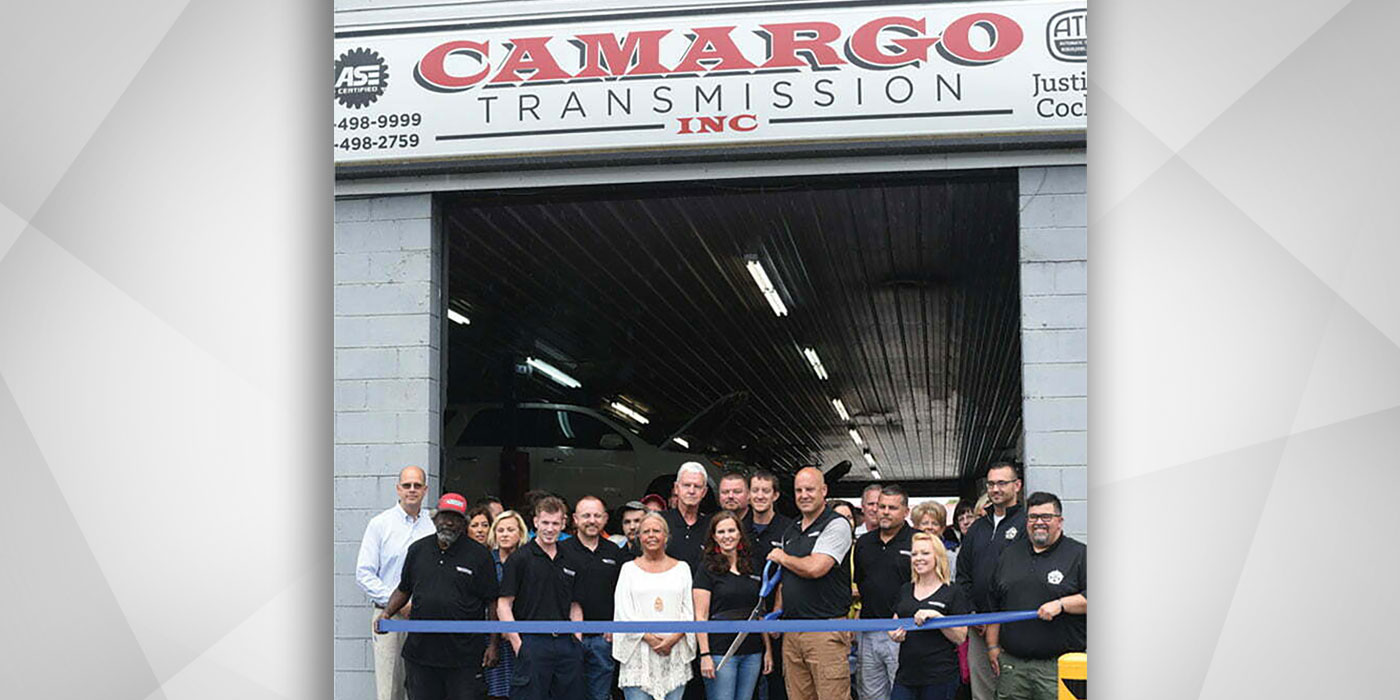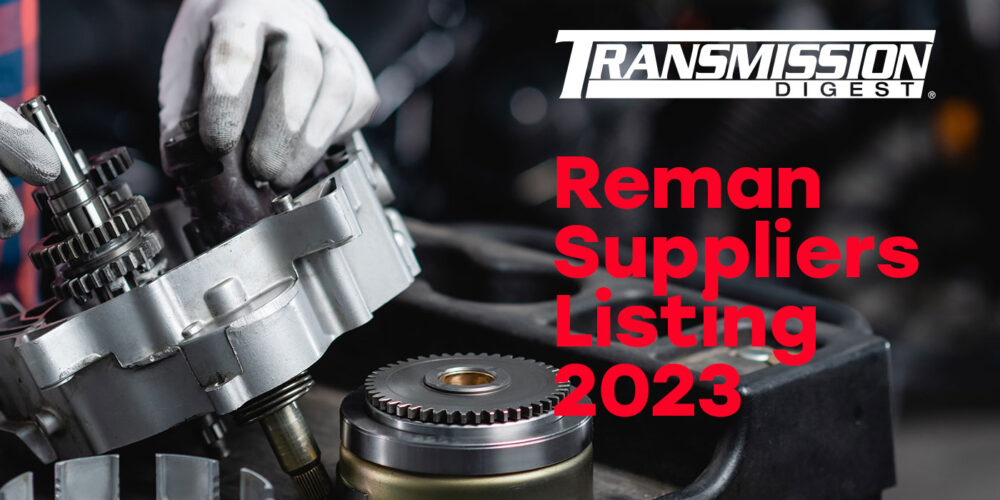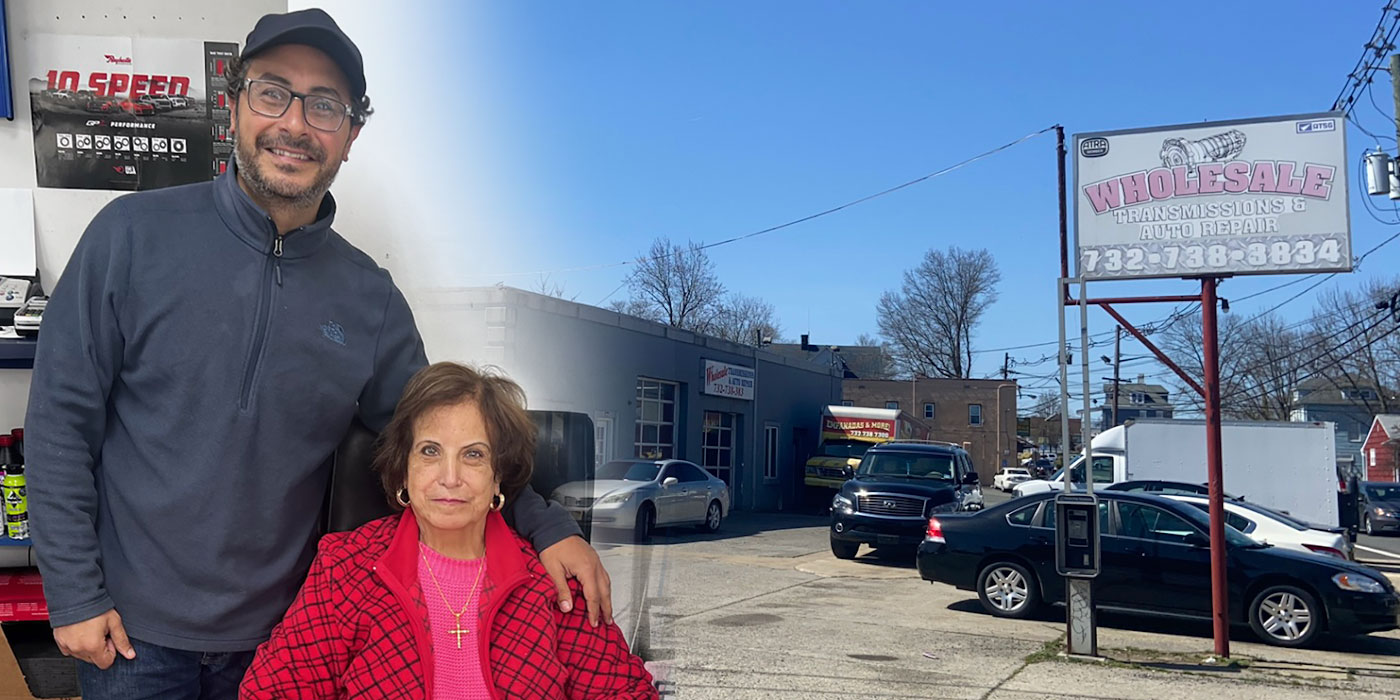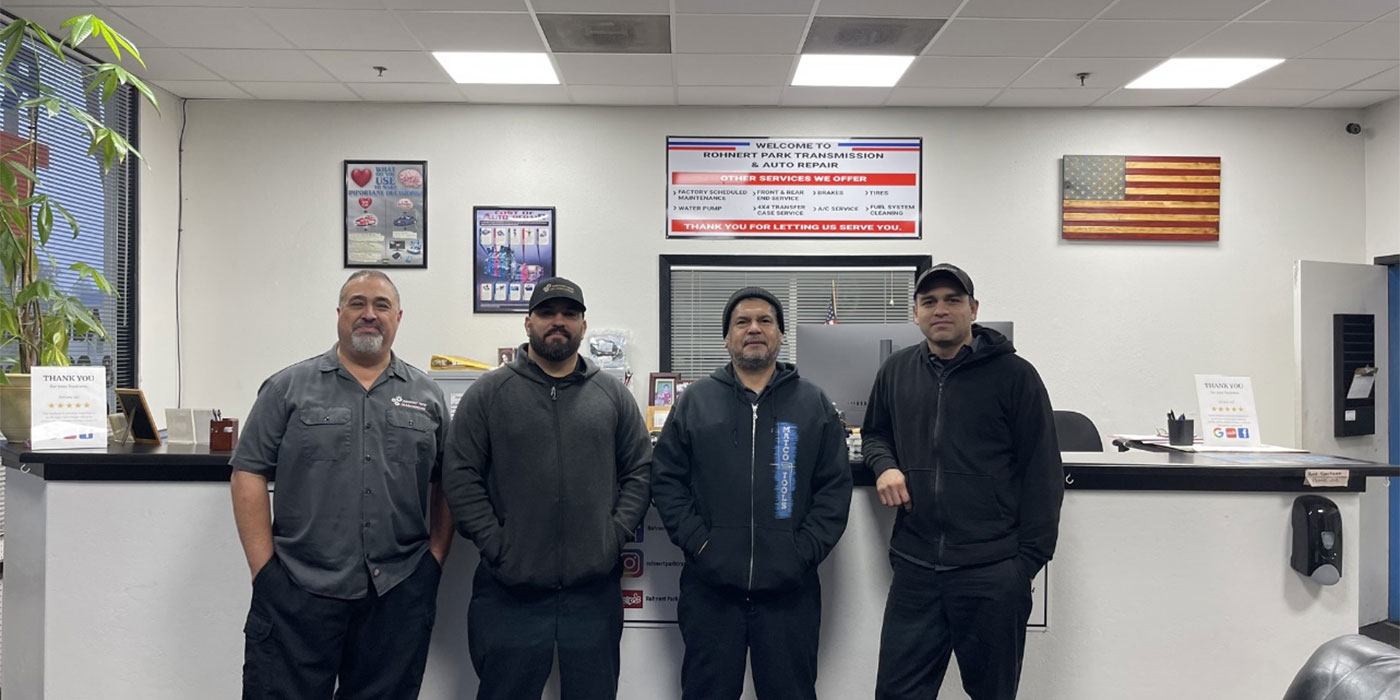
It’s Your Business
- Author: Terry Greenhut Business Editor
- Subject: Selling
- Issue: Strong Choices
A major rule in selling is to decide what you want to be and stick to it. As in most other things you have a choice, but you really need to choose wisely because this choice may be the one that shapes your entire future in the auto repair business.

The choice you need to make is whether you are going to be a price quoter or a salesperson. Price quoters hang around all day waiting for the phone to ring with a caller on the other end who is either asking for or demanding a price to fix a car that they haven’t been given the opportunity to diagnose and recommend the proper course of action. If the price quoter takes the bait thinking that someone asking for a price is a legitimate customer, he or she has fallen right into the caller’s web and will probably never get out. First off, if you quote a price based on the customer’s diagnosis or on one that another mechanic has given you are quoting on something that turns out to be wrong as often as it is right. You know this by how many customers in the past have given you their diagnosis only to find, if they do come in, that the problem is different.
Next, at this point you haven’t met the potential customer face to face or have had a chance to evaluate the vehicle to determine the right steps to repairing it, if indeed any repair is even necessary. You don’t know the overall condition of the vehicle or the mindset of the customer as to whether or not they want to keep the car if the repair price turns out to be high and what alternative they might have to fixing it. In order to find out you need to physically have the car in your possession and have an in-depth conversation with the owner about having it repaired. All you know right now is that a stranger on the other end of the phone is asking you for a price. You are taking someone else’s word for what’s wrong and that is a losing position from which to try to sell anything.

There are two basic outcomes from quoting prices over the phone; one is that you will low-ball a quote being afraid to quote a realistic price because you know the easiest thing to get rid of is a voice on the telephone and giving a real best guess estimate over the phone, if there is such a thing, might scare the customer off. If it doesn’t then the customer might show up looking for that low-ball price you quoted in which case, you probably won’t make any kind of a profit on the job unless you try to jack up the price after the car is at the shop. The other outcome is that as soon as you quote any number the caller will say, “Thank you” and hang up. Statistically, 80% of the callers who get some kind of a price over the phone never show up at the shop. They are comparison shopping, and not knowing any better, are usually looking for the lowest price they can find thinking that we are all the same, the only difference being the amount we charge. We know that’s not true.
We sell a specialized service with an individual price tag based on exactly what the customer needs, not on an average of everybody’s. So, the two outcomes in quoting sight unseen prices for repairs very simply are that you either get the job for not enough money or you lose it completely. Neither does you any good. Here’s another good reason not to give a price over the phone. It costs you a lot of money to make your phone ring with a legitimate caller on the other end. If you quote a price and they hang up you just wasted maybe $100 – $200 aside from losing the job, so just for the sake of having the money you spent on advertising pay off, you need to do a really good job of turning that phone call into a visit to the shop. How do you do it? Primarily by providing hope, the hope that the caller’s vehicle won’t turn out to be in as much trouble as he or she thinks it is. Recognize that when people ask for a price it is almost always based on worst case scenario.

They’ll say things like, “What’s the most it can cost me?” That partially comes from the fact that when a transmission or other major component of a car gives the owner a problem his or her mind immediately goes to worst case because they have no understanding of that “Black Box” and what else may be wrong besides the whole thing needing to be replaced. Your job is to steer them away from worst case by offering the possibility that something less is required. That’s the hope, that if I bring it to your shop you might find a way to fix it that will save me some money. That might make me get up from my easy chair and bring the car to you or let you tow it in for a look see. All you ever want out of an initial customer call is a chance to see the vehicle.
You should not be trying to close a sale. Quoting a price in selling is the last thing you do before trying to close, not the first. It should only come after the customer has been qualified and the problems diagnosed.
When you quote a price up front you basically cut out most of the sales process going right to the bottom line and in essence saying, “Here it is, what you asked for. Take it or leave it.” When they hang up on you it’s their way of saying, “I’m leaving it because you haven’t given me any reason to take it. All you did was give me a number just like everybody else they called did.” I just went through a similar situation with my golf cart. My wife and I own a vacation home in a place in central Florida. In the winter we rent it out to the “Snowbirds” who come down from northern U.S. and Canada to get warm. Most everyone who owns a house on this huge property also owns a golf cart.

As a perk I allow my tenants to use my 2007 Yamaha golf cart while they are in residence. All they have to do is refill the gasoline and not wreck it. Last winter, just before rental season started, I went to check on the house and the golf cart. The cart drove great. The only problem it had was that it was too slow. The top end speed was governed to 18 MPH. That’s the factory setting to keep knuckleheads from killing themselves. Well it seems that you can’t keep people from tweaking things, so I was being passed by every other cart on the road, but
I didn’t care. I wanted the cart to slow enough to keep my tenants from hurting themselves and others. After April, when the last tenant checked out, I went up to the house to assess any damage to it or the golf cart. I found that my 18 MPH cart was now capable of doing over 35. I think it would have gone even faster, but I was afraid of blowing the engine. Apparently, the governor was no longer doing its job. The question was, “Why?” Did one of my tenants figure out how to tweak it or was something broken. So, I did what everybody else does these days, went on You Tube to find out how to adjust the governor if such a thing was possible. It was and I tried it but no matter where I set the adjusting nut nothing changed. That’s when I knew it wasn’t a tenant messing with it; something had broken. There are three huge golf cart dealers on the property. We decided to visit one without our cart. I just wanted to see what the setup was before bringing the cart in. We walked into the showroom instead of the service area. I said to my wife, “Let’s time it. I want to see how long it takes for them to try to talk me out of fixing mine and buying a new $15,000 golf cart.” It didn’t take long.
The salesman immediately asked what was wrong with my cart. When I told him right away that I needed an input shaft that costs over $900 and that my cart wasn’t worth fixing and wouldn’t bring much on a trade in. Now mind you, this cart looks just like the brand-new ones and runs great other than this problem and I never indicated that I was interested in buying new cart. So, this salesman thought insulting my cart and taking away my hope was going to make me want to buy a new cart from him. We said goodbye and walked over to the service department. The young lady behind the desk was explaining to one of the other service writers that she had only been there for two weeks and had no prior experience in the business. We couldn’t help but to overhear the conversation. She then asked how she could help us. I told her what the cart was doing and this girl who had just admitted that she didn’t know much of anything said, “Looks like you’re going to need an input shaft. It’s about $900.” How did she know that, I wondered?

I also mentioned that there was a strong smell of gasoline coming from the engine compartment when the cart was parked in my garage. She told me to come in early the next morning with the cart and they would give me a loaner to use while they checked everything out. When I went in the next morning there was a different girl. She asked how she could help me and as I was telling her my problem, I saw her write down input shaft. I asked if there was a mechanic around. She summoned one. He came outside and told me he’d have to check for the gas smell, but he was sure that the governor problem was the input shaft. He also said that if he was going into the transaxle anyway, he wanted to change the brakes because they are internal, and it wouldn’t cost me any more than the parts to do that. He said he would call me when he figured out what was causing the gas smell. An hour later he called and said the gas smell was on account of a piece broken off in the carburetor that was causing the float to stick and keep the fuel bowl full all the time. I asked if he’d checked the input shaft. He said he didn’t have to. He knew what it was.
I decided to pick up the cart and get another opinion. I found a mobile golf cart repair service online. When I called, he didn’t try to diagnose or sell me anything. He just said he wanted to take a look. When the guy came to the house the next morning in this very well-equipped truck and started talking down to earth with me I thought, “I believe I’ve found the right guy.” He pulled the carb off and showed me that there was a piece of the casting broken off that keeps the float pivot pin in place, so we needed a new carburetor. He totally disagreed about the input shaft that four people had tried to sell me and said he would look into a better way to deal with the problem when he came back to install the new carb. No matter what the outcome was going to be I trusted him a lot more than all the people at the dealership who had tried to take away all of my hope before ever having really looked into the problem.
The moral of the story:
Don’t try to diagnose or sell over the phone on a customer’s initial call. It just scares them away. Offer to do your best to find them a solution that might save them some money once they have given you a chance to diagnose the problem. That’s what they really want even if they don’t seem to know it when they call.














